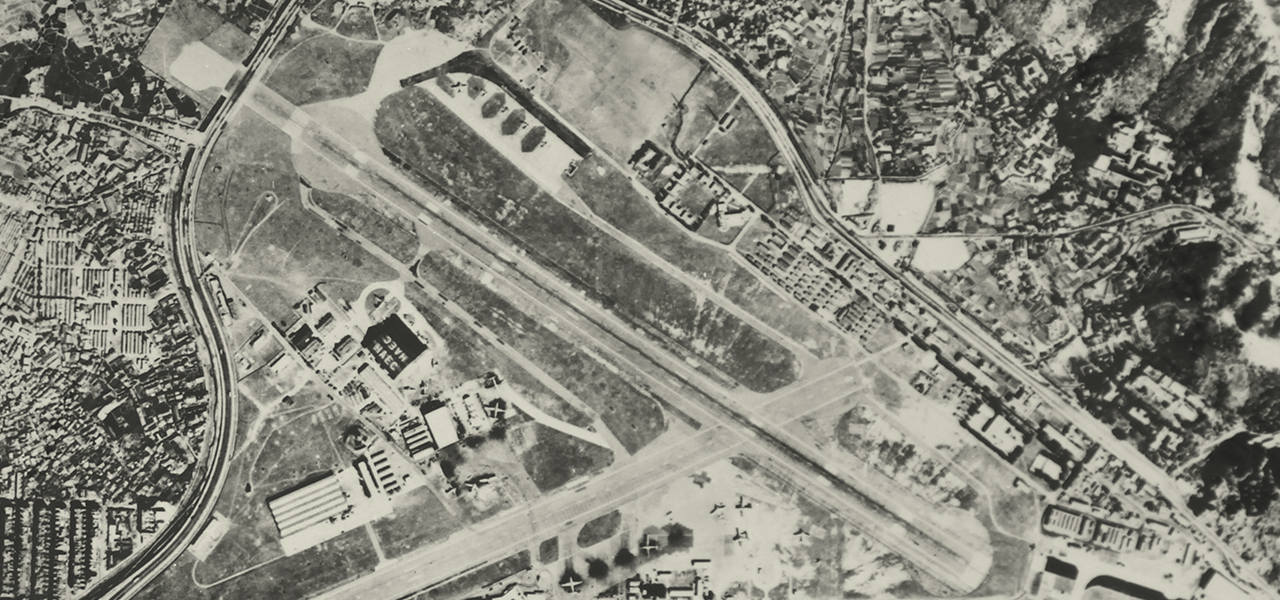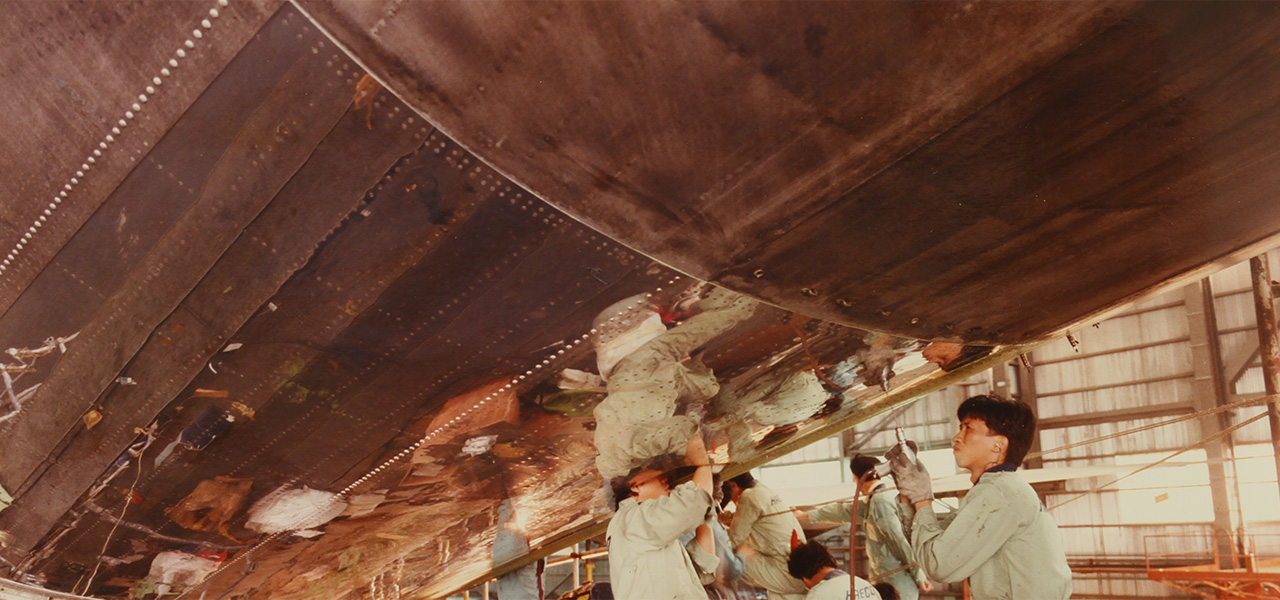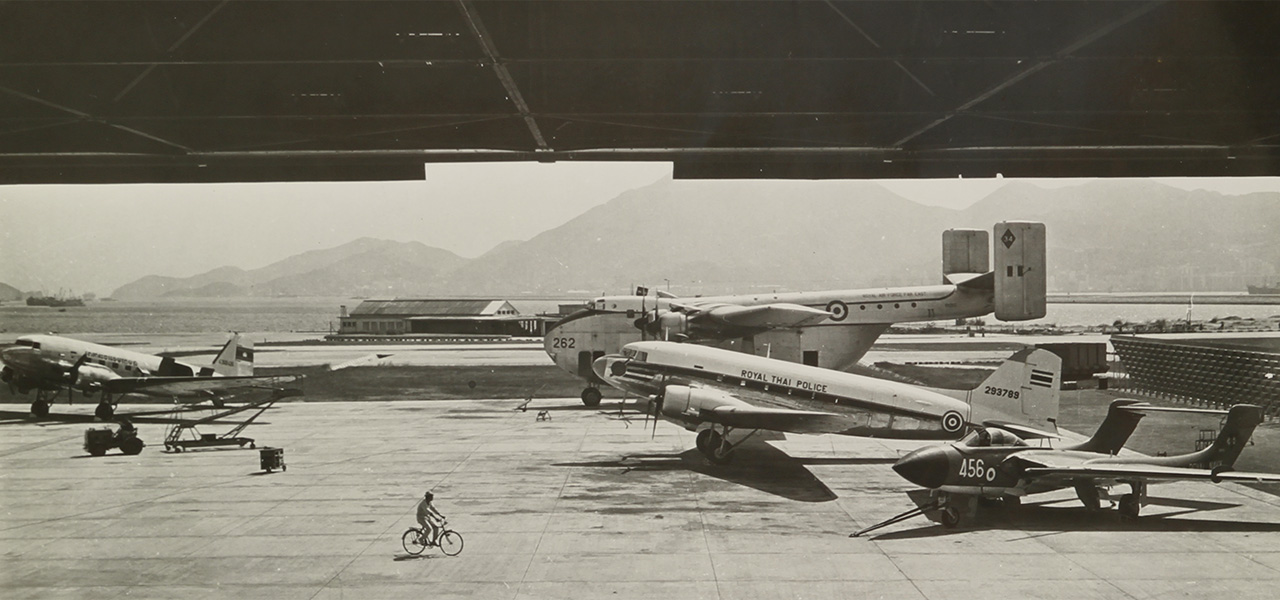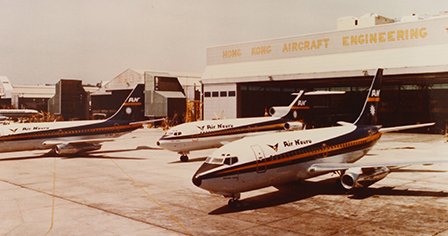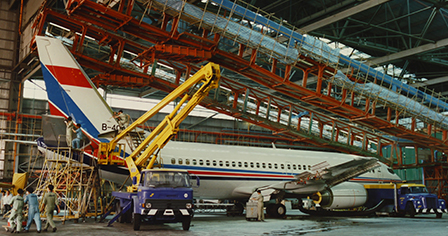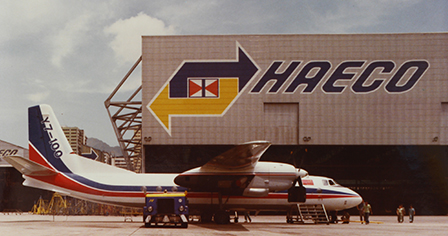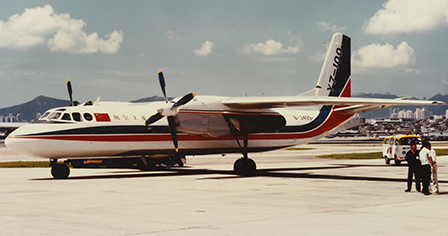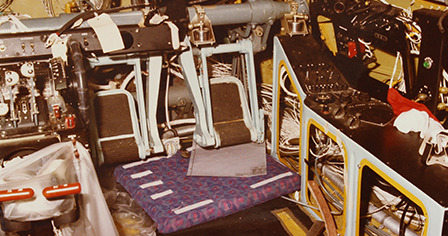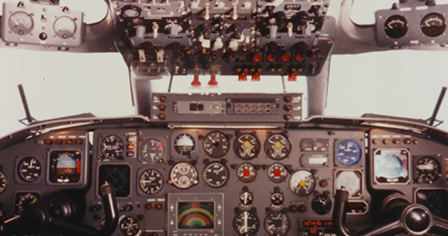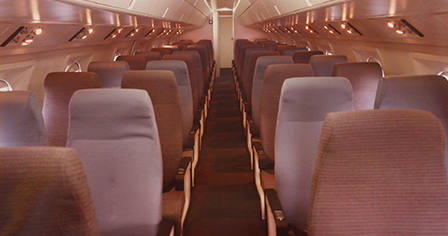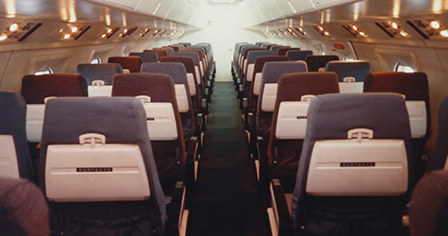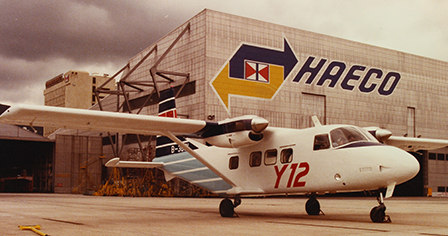
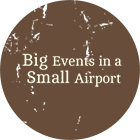 Stories
Stories
-
32
Where are you from?
-
33
The “Black Widows”
-
34
Two become one
-
35
Kashmir Princess
-
36
USAF new installment
-
37
Naughty USAF crew
-
38
The 1967 Riot
-
39
CAAC arrives
-
40
Revolution’s aftermath
-
41
The brain drain
40

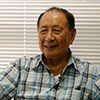
Cheng Tin Gai
CAAC sent aircrafts to HAECO for the very first time after the Cultural Revolution, which spanned 10 years. When they arrived, however, we found serious problems in all of these planes. After some inspections we knew that it was the result of something CAAC held out against during the Cultural Revolution…
The negative effects of the Cultural Revolution on Chinese civil aviation
Soon after the Gang of Four fell from power, China was opened up and the government began sending people to Hong Kong. In CAAC it was like a crime to know English. CAAC bought 10 “Viscounts”, but the Communist Party confiscated all. When foreign airlines found problems in using the planes, they would report to the aircraft company and ask for investigation and rectification. But when CAAC received this kind of reports they locked it up without a look, and those who could read English dared not make a sound. Then they came to Hong Kong after the open-up. We knew, then, that during all these years they had never paid attention to the rectifications, and the planes came to HAECO as they were years ago. Their chief brought along an army of engineers to HAECO, but as they didn’t know English we had to explain everything to them. With their approval we ordered parts for them from the aircraft company. But the trial flights after the maintenance was very trying. They rejected even trifles, like when the small lamp was not working. They did 13 trial flights for the first plane. They didn’t care about the waste of money; they didn’t even care about the life expectancy of the plane, since unnecessary flights must have shortened its lifespan. For the entire decade they made no follow-up to any of the “must correct” items; they didn’t even take a look at them.
CAAC was just like a start-up at that time. When they began to purchase aircrafts from Europe and the U.S., they miscalculated frequently and bought a great deal of unnecessary equipment…
During the early Reform era, the Chinese civil aviation purchased aircrafts and equipment mindlessly
They made quite some blunders after the open-up, like buying the 707. They feared that the company sold only the plane but not the parts to them, like in the Soviet Union time. So, when they ordered ten 707s, they made extra purchase of ten engines as reserve. The equipment, as a matter of fact, needed constant upgrade and correction, but they did nothing of the sort, only to send them to HAECO for correction afterwards. They placed trust in HAECO after the first cooperation, and they sought advice from us in buying newer plane models. Like CAAC, we had former Air Force men in HAECO. The company asked which flight route they intended to fly, and they said Tibet. So the loads had to be reduced. HAECO therefore suggested 737 and advised them to rent one from Air Nauru. We even sent engineers to attend the flight after maintenance. We called them the “flying spanners”.
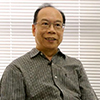
Cheung Kwok Kuen
HAECO had played a part in bringing CAAC to the world in the early days of China’s open-up…
HAECO connects Chinese civil aviation with the rest of the world
After the open-up China sent a fleet of “Viscount” to HAECO for service. They wanted to sell them — to Indonesia, if I remember correctly. I was responsible for translating documents for them, because the mainland used Chinese while HAECO used English. I translated the technical details of the contract. The mainlanders, you see, were rich in knowledge but very weak at language use. The most problematic thing was the translation of jargon terms. In 1984 HAECO started to handle “Y-7” for Xi’an Aircraft, and we took a role in the remodelling design. We installed the western avionics system onto the plane, but the pilots and aircrews didn’t understand English. So, when the pilot, co-pilot and engineer came for the trial flight in Hong Kong, I was also responsible for training them how to use the new meter. The meter was in English, you see, and I had to train the three test pilots, who knew no English, to fully control the meter in three months. It was true that we could read Chinese, but many Chinese terms used in the mainland were different from ours. Their translations of VOR, IRS, true north, magnetic north, etc.were wholly unfamiliar to us. So I divided the black board in two, and I explained with my limited Mandarin. I asked them to guess what the term referred to and they gave me answers. Let’s say “VOR” (very high frequency omnidirectional radio range), they transliterated it as “Fu-er”, and we had absolutely no idea what they were naming. I wouldn’t say that we brought China to the world, but the fact was we had contributed.
HAECO worked on the cockpit equipment upgrade for “Y-7”. As the photo shows, the original control devices were illustrated in Chinese.

Cheng Tin Gai
Talking about English, there are other funny episodes to recollect. After the maintenance, CAAC planes always spent a very long time in the Hong Kong air during trial flight. For sure the trial flight duration of CAAC planes was much longer than those from other airlines…
The reason why CAAC aircraft takes double the time to conduct acceptance flights
All trial flights, except those of Cathay Pacific, had to be attended by a HAECO representative, most often the engineer responsible for the maintenance. Since I was a senior engineer, many planes fell under my supervision and naturally I attended trial flights most of the time. Normally we chattered on the plane. Mainland pilots were especially in need of a HAECO man in the trial flight because they couldn’t communicate with the control tower in English and they relied only on the radio officer. While there I figured out why they had to spend two hours in trial flight — they just couldn’t communicate. Seeing this, we suggested that CAAC flew to China during trial flight, so that they could communicate with the ground in Chinese once they left the Hong Kong air. They could fly back to Hong Kong after the trial flight.

